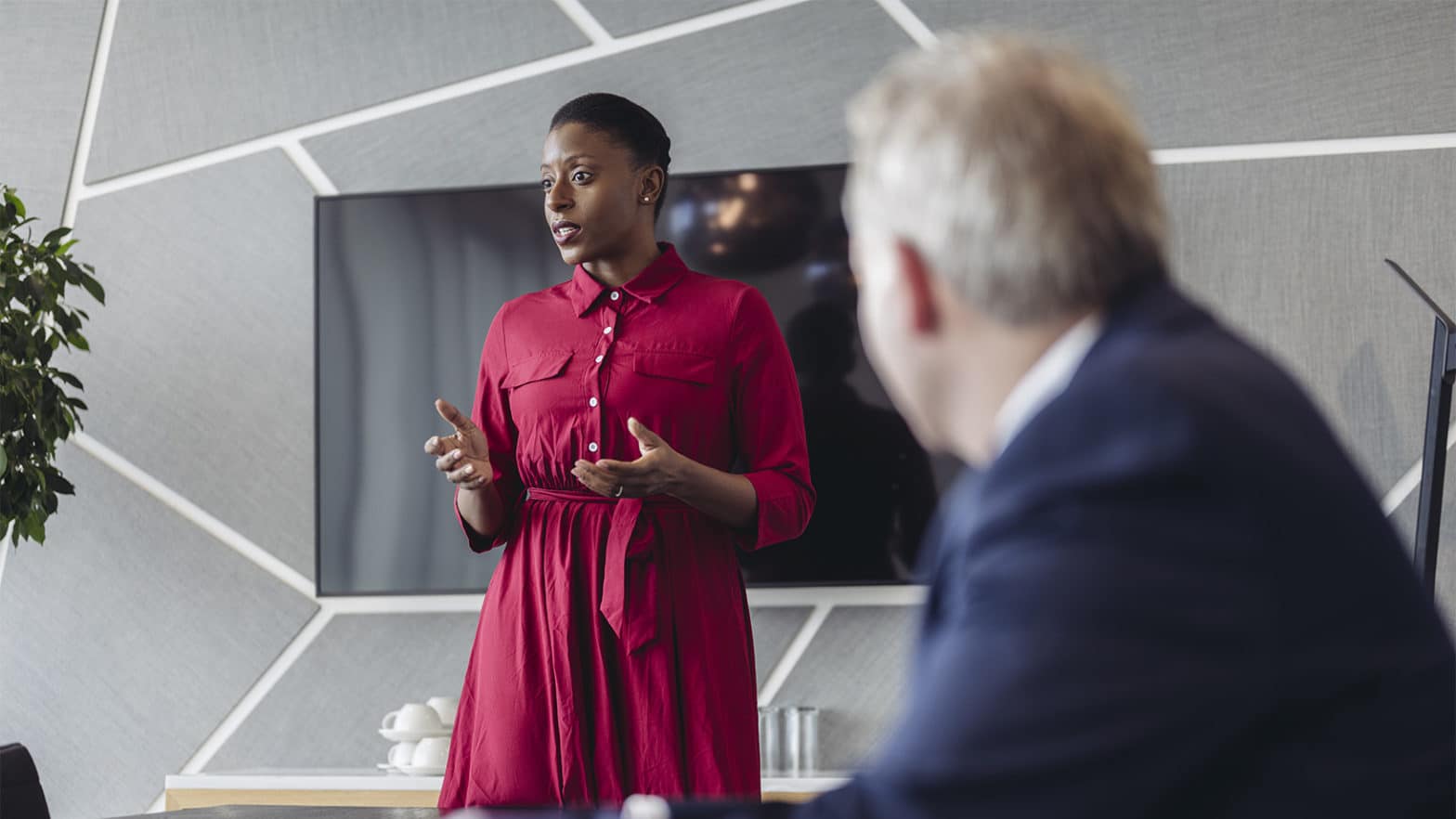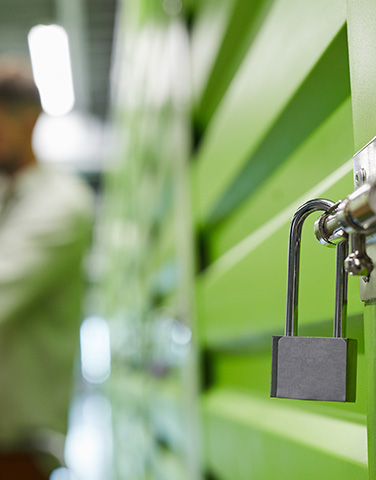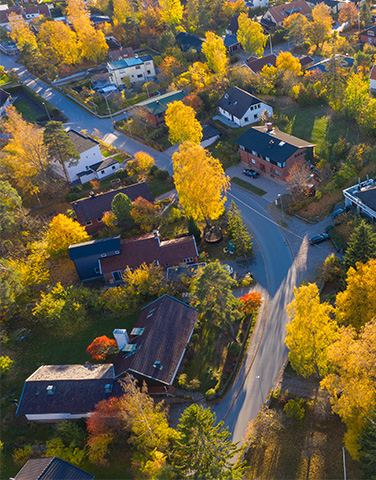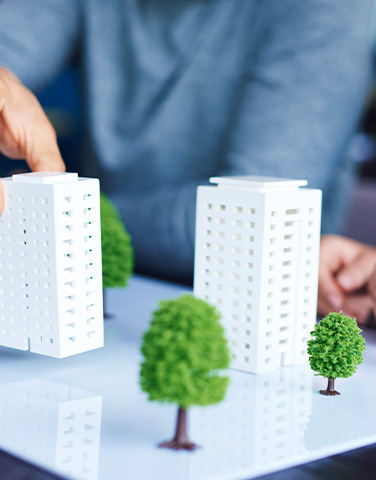
Going Green Together – the role of collaboration in driving forward the ESG agenda
As ESG considerations continue to gain traction and companies are faced with the increasing burden of statutory compliance and reporting regimes, as well as societal pressure to meet commitments on sustainability, it is becoming imperative that commercial buildings reflect stakeholders sustainability commitments.
The tides are turning
Historically the conflict between landlords and tenants stemming from split incentives to install energy efficient upgrades (landlord’s bearing the cost of capital upgrades and tenants benefiting from reduced operating costs) has been identified as one of the top barriers to capturing energy savings in leased buildings. The fact that corporate occupiers are now also feeling the pressure to deliver on their own ESG agendas means that the tides are turning.
The retrofit challenge
The energy used in the operation of existing buildings represents the most significant carbon impact from the built environment and, if the Government is to meet its zero carbon target by 2050, the retrofit of existing building stock has to be a key priority.
Aggressive ESG agendas are easy to implement in new developments. The challenge is how owners of existing stock can ensure that their buildings meet ESG criteria and remain competitive in a market where it is no longer acceptable to say this building has an EPC rating of “C” and therefore it is a green building. Not only are occupiers expecting more but there is also an increasing pressure on landlords and developers to deliver on ESG investment criteria.
Juggling refurbishment cycles with lease cycles is one of the key challenges in retrofitting existing stock. Collaboration and an open dialogue between landlords and tenants is critical not only at the outset when planning and undertaking a programme of retrofit works but also in the medium to longer term in the context of managing the ongoing operational performance of a building.
Collaboration is key
Whilst a landlord can spend a significant amount of time and money on a retrofit, the operational performance of the building can be significantly altered by the occupation of the tenant with poor operation resulting in a significant performance gap between the EPC rating and the actual energy performance of a building when it is use. It is therefore critical that landlords and tenants collaborate to:
- improve transparency of energy use and costs;
- promote behavioral change to engage all building occupants in saving energy; and
- incorporate energy efficiency not only in the initial retrofit but also in subsequent tenant fit-out schemes.
New and renewal leases are being granted now with terms that will likely stretch over upcoming MEES deadlines. There’s no doubt that the drafting and negotiation of commercial lease terms framed by the legislative framework can help facilitate the landlord and tenant relationship in the context of the sustainability agenda. Nebulous drafting in leases which sought to establish working committees which often failed to materialise is now a thing of the past as are the days of tenants only receiving information on ESG matters linked to the pass-through of costs in a service charge regime.
ESG committees are now a corporate reality ensuring a collaborative approach to ESG and the areas covered by green leases have evolved. Whereas five or so years ago green lease drafting focusing on energy efficiency and waste reduction was considered progressive, today statements in leases acknowledging the environmental impact of the building and that its energy usage and operational carbon emissions should be minimised are standard practice and green lease drafting has evolved to encompass items such as the sourcing of energy from renewables, health and wellbeing and biodiversity.
The “S” in ESG
A particularly interesting trend that we are noticing across our client base is that the property sector as a whole appears to be moving away from an almost exclusive focus on the “E” and turning it’s attentions towards an approach encompassing not only the “E” but also the “S” and “G”.
In particular, the combination of the two C’s – COVID19 and COP26 appears to have catapulted the “S” to centre stage. Corporate occupiers are now interested not only in how the buildings that they occupy actually perform from an energy efficiency perspective but whether the space provides a positive social contribution and that the occupation of that space accords with social values and governance strategy. With hybrid working now headlining the corporate agenda, never has there been such a need for buildings to make a positive social contribution in turn drawing the workforce back to the workplace.
Shifting sands
The challenge is for the landlord and tenant relationship to be flexible enough to adapt to the evolving ESG environment. There needs to be an acceptance that as a result of technical innovation and development what is considered gold standard today will not be the gold standard tomorrow and, as new innovative solutions and technologies emerge, stakeholders will need to collaborate and adapt their approach accordingly setting new or revised targets.
The ultimate challenge for landlords, tenants and their legal advisers alike is to structure agreements such as leases in such a way that they are commercially balanced at the time that they are entered into but ensure that they are flexible enough to govern the commercial landlord and tenant relationship for the duration of the term in the context of the shifting sands of the ESG landscape.
How we can help
If you are negotiating a lease with green requirements and need expert legal advice, please contact our real estate team.
Talk to us about
Related services
Related sectors
















